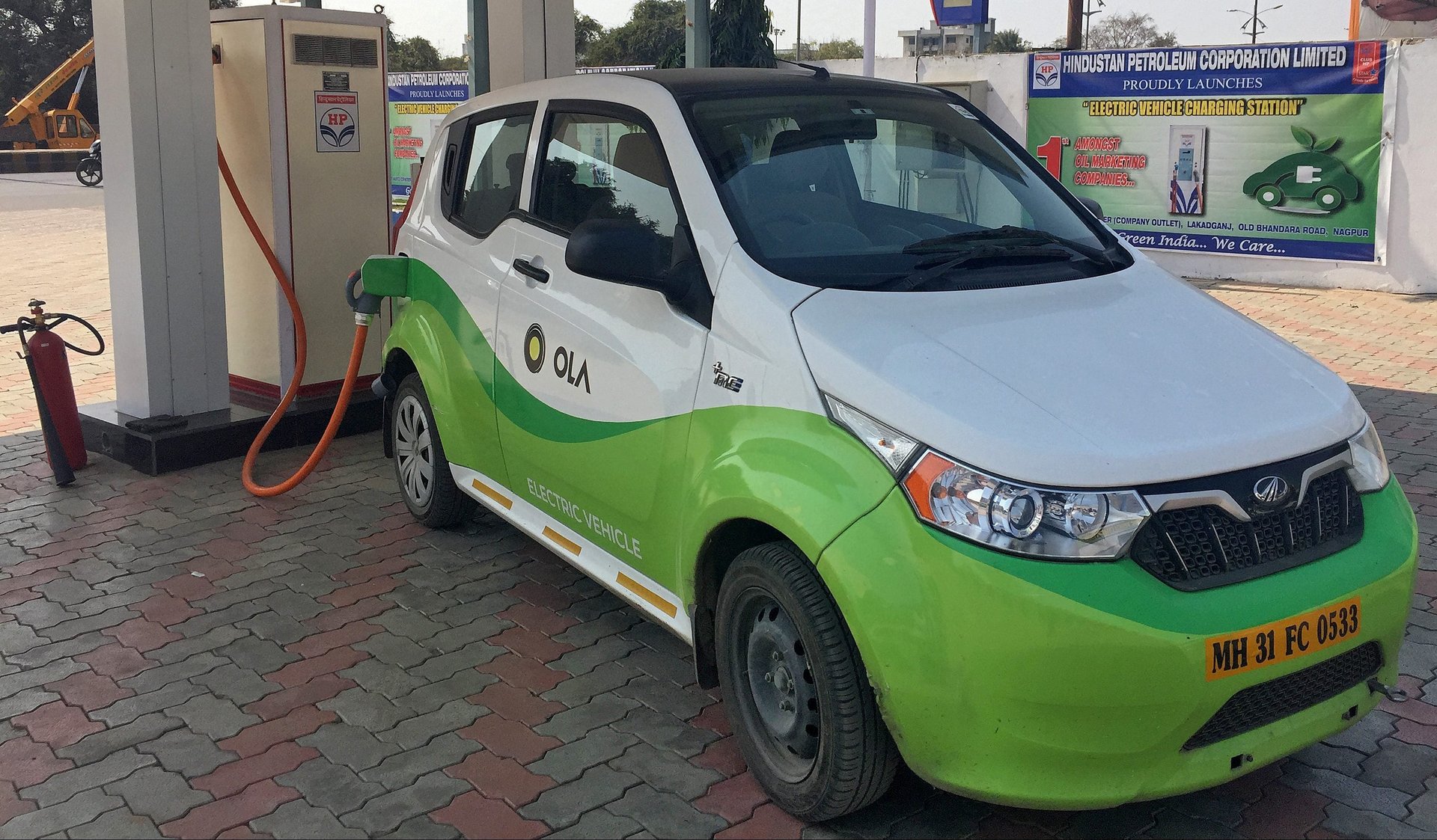Why India’s cabs will likely go electric before its private cars do
India’s top automakers are steering away from polluting diesel models, but the real push towards cleaner electric vehicles is coming from the country’s cab aggregators.


India’s top automakers are steering away from polluting diesel models, but the real push towards cleaner electric vehicles is coming from the country’s cab aggregators.
Market leader Maruti Suzuki announced late last month that it will not sell any diesel vehicles from April next year, when the Bharat Stage VI emission standards kick in. The norms will make diesel models substantially more expensive. Tata Motors, the country’s fourth largest carmaker, too, has indicated that it’s planning to stop selling small diesel cars after the new standards are enforced.
But when it comes to replacing diesel vehicles for personal use, electric vehicles (EVs), for now, are less favoured by automakers over petrol and the cheaper compressed natural gas (CNG) models.
In fact, India’s largest ride haling app Ola seems to be making a more concerted effort by adding EVs to its fleet.
In a nod of approval, Ratan Tata, chairman emeritus of Tata Sons, the holding company of the Tata Group, has invested an undisclosed amount in Ola Electric Mobility—the aggregator’s electric mobility arm.
In contrast, carmakers like Maruti are betting big on CNG-fuelled vehicles as an alternative to diesel variants. CNG vehicles are attractive for customers as natural gas is cheaper fuel than petrol and diesel and CNG-based cars provide a greater mileage than EVs, said Puneet Gupta, associate director of automotive forecasting at IHS Markit.
And while public charging infrastructure for EVs is virtually non-existent, the government is also focussed on scaling up the number of CNG stations in the country from 1,470 to 10,000.
Yet, the strategy is unsustainable in the long term. “While CNG is cleaner than diesel, it’s still a fossil fuel. India still is not gas-sufficient, and we have to import natural gas. So that doesn’t address the import substitution problem,” said Santosh Kamath, renewables partner at the advisory firm KPMG.
Sales of electric cars for personal use will pick only up by 2022 when their price gap with fossil fuel-based cars is further reduced, and it will still be years before they become mainstream, Kamath said.
The government is also slated to launch the third phase of the Faster Adoption and Manufacturing of (Hybrid &) Electric Vehicles in India (FAME) scheme in 2022. Last month, when it launched the second phase of the FAME scheme after a delay of two years, carmakers were left disappointed as no incentives were allotted to non-commercial buyers of electric cars.
Cabs and SUVs lead
The shared mobility industry, however, is moving ahead with their EV plans. Ola’s electric mobility arm had already raised Rs400 crore in funding, before the latest investment from Ratan Tata. Kia Motors, an arm of the South Korean firm Hyundai Motors, has also committed to investing $300 million in Ola Electric Mobility.
Despite the failure of Ola’s pilot programme in 2017 with Mahindra & Mahindra, where a range of EV cabs were rolled out in Nagpur city, the cab aggregator remains committed to its plans to add electric cars to its fleet.
Though electric cars are more expensive than their fossil fuel peers, cab operators have a better chance of getting their money’s worth out of these vehicles. This is because electric cars have a low running cost, and cabs spend much more time on the road than passenger-owned cars.
Additionally, electric mobility may also pick up faster in the segment of bigger cars and SUVs, for which the tax gap between fossil fuel-based models and electric vehicles is more pronounced, IHS Markit’s Gupta said.